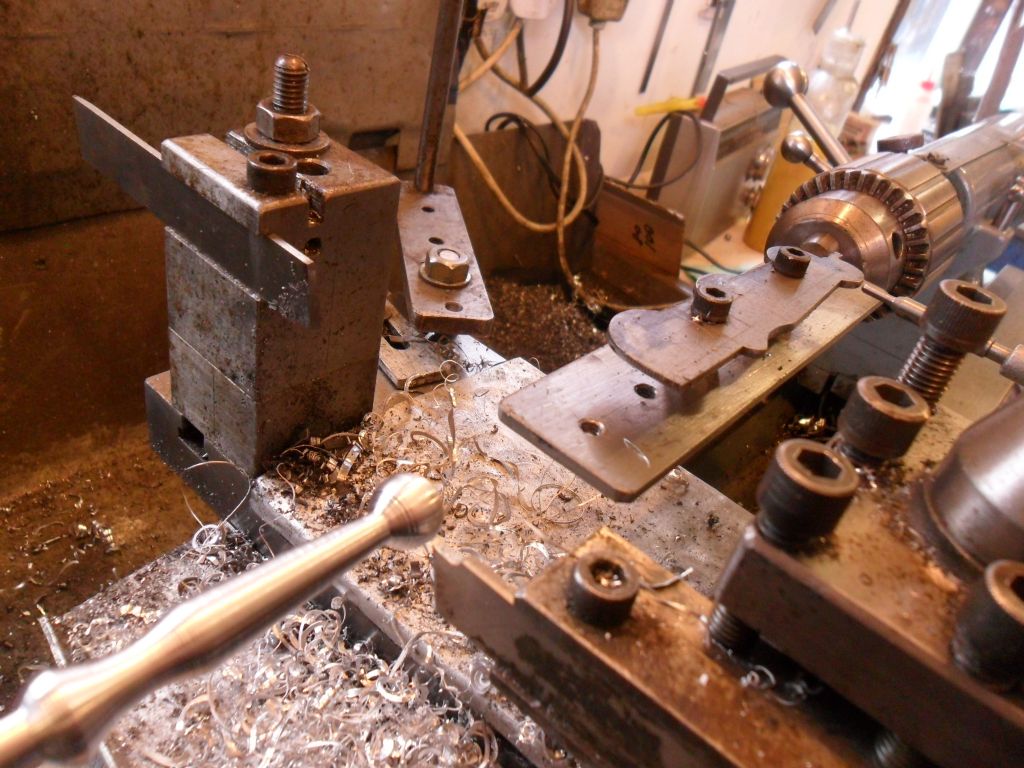How could I make this curved conrod?
How could I make this curved conrod?
- This topic has 57 replies, 22 voices, and was last updated 15 October 2017 at 00:41 by
duncan webster 1.
- Please log in to reply to this topic. Registering is free and easy using the links on the menu at the top of this page.
Latest Replies
Viewing 25 topics - 1 through 25 (of 25 total)
-
- Topic
- Voices
- Last Post
Viewing 25 topics - 1 through 25 (of 25 total)
Latest Issues
Newsletter Sign-up
Latest Replies






